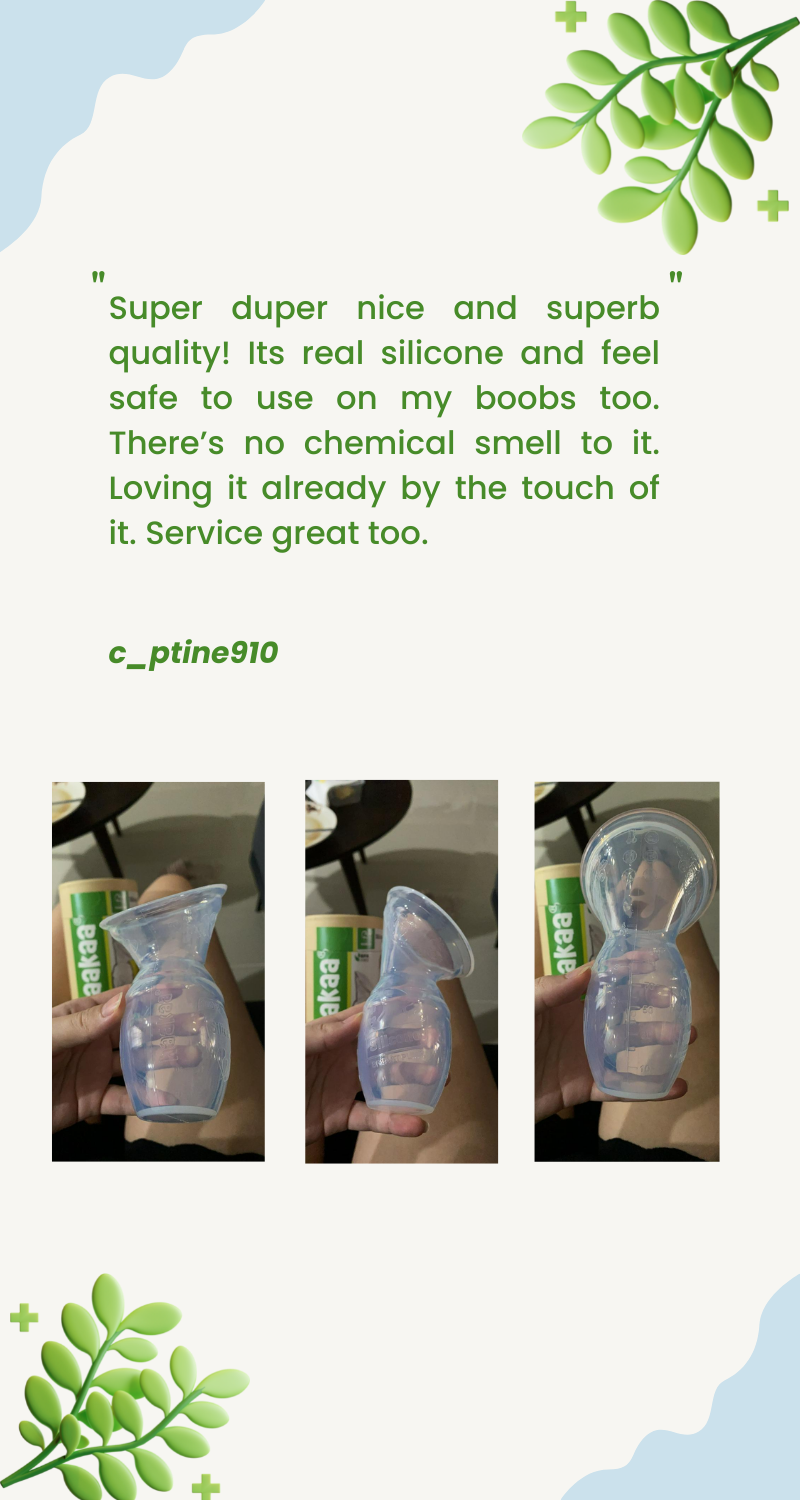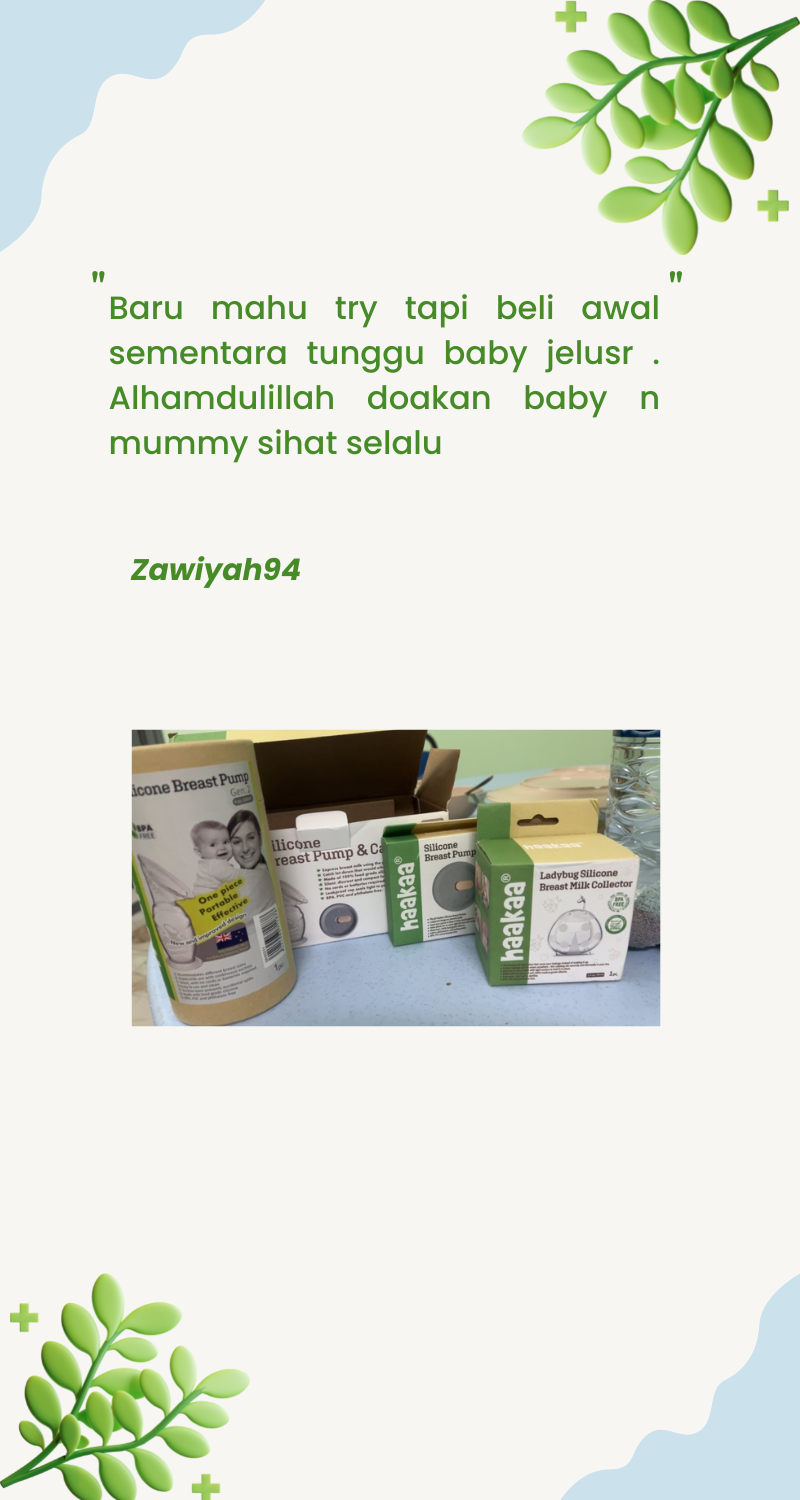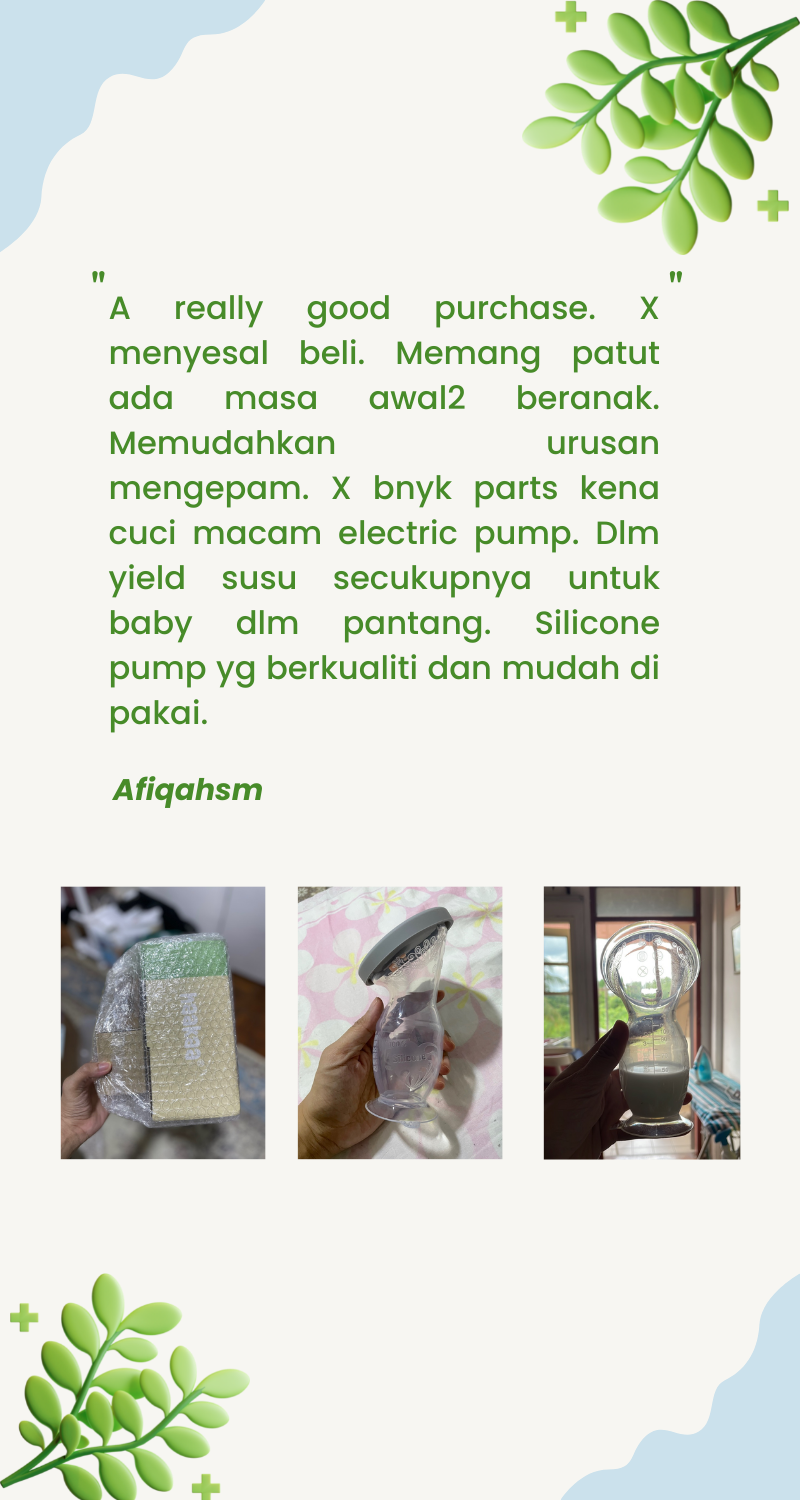Introducing Solids

Introducing solids to your baby can be an exciting step in your baby’s development. However, it can also be tricky to navigate with so many questions popping up – when should they start solids? What foods should I give them? How often do I feed them? There’s no one-size-fits-all as every baby is different! At Haakaa, we strive to help mamas through every stage of their motherhood journey – particularly those going through it for the very first time. Here’s our introduction to helping your little one start on their solids journey and our product recommendations!
When should my baby start solids?
Most babies only start solids around 6 months. However, they can begin as early as 4 months – BUT only if they show signs that they’re ready for it! If they start too soon, there’s a chance they can develop food allergies as well as other dietary issues. Always consult a medical professional if you are unsure!
Signs that your baby is ready for solid foods are:
- They can hold their head up and sit unsupported
- They have lost their tongue-thrust reflex - they don’t push foods out of their mouth with their tongue when offered
- They put their hands in their mouth and can pick things up between their fingers
- They make chewing movements
- They are interested in watching you eat.
Even when your baby has started solids, it’s essential you continue feeding them breast milk as this will still make up most of their nutritional intake up until they’re 1 year old. Solid food is only meant to complement breast milk and add texture and variety to your baby’s diet!

Dos and don’ts when feeding solids
- DO make sure you always supervise your baby while they eat!
- DO wait 3-5 days between introducing each new food in case of an allergic reaction.
- DO let your baby play with their food. Give them a chance to experiment before they put it in their mouths!
- DON’T force them to eat if they’re not interested.
- DON’T add sugar, salt or other spices to their food. Their tiny bodies don’t need it!
- DON’T give them cow’s milk, soy milk or honey before they’re 1 year old.
- DON’T introduce foods that can cause your baby to choke. These include hard food, small dried fruits, peanut butter, nuts and popcorn.
How much should I feed them when starting solids, and how often?
Once you know your baby is ready, you can begin feeding them a few teaspoons of smooth and runny solids after they have finished their breast milk/formula once or twice a day. When your bub has gotten used to this new experience, you can slowly start increasing the amount you give them each day – up to a quarter of a cup. You can also begin to gradually shift how often you feed your baby to a regular three-times-a-day schedule.

Which solids should I start with when feeding my baby?
The best plain, soft and smooth foods for your baby to start on are:
- Baby cereals
- Puréed fruits - apples, pears, bananas
- Puréed vegetables – kumara, pumpkin, potato, carrot
- Puréed peas
- Puréed rice
- Store-bought baby food for the stage your baby is at
Feeding your baby at the start can be a messy process as they try to get used to it, which is why we’ve created the Generation 3 Silicone Bottle Feeding Spoon Head! This transforms any Gen. 3 Silicone Bottle into a spoon-feeding device. There’s absolutely no risk of mess when moving food back and forth between the container to your baby’s mouth as the food directly flows from the bottle to the spoon head – making it perfect for baby’s first puréed solids!
If you want to feed your baby on-the-go, we also have the Silicone Baby Food Dispensing Spoon. Just fill the main tube with baby food, pop on the leakproof lid and you’re ready to go! When your baby’s ready to eat, remove the lid and gently squeeze the tube so that it comes out onto the spoon. The spoon has an internal sealing disk to avoid any messy spills inside your bag which is SO convenient!

TOP TIP: Your baby may want to start feeding themselves and reach for your spoon early on. Although most won’t be able to use one until they are 18 months old, you can let their curious hands grasp onto another spoon while you feed them. Our Silicone Self Feeding Spoon Set is wonderful for this as the utensils are soft and comfortable to hold, as well as being flexible, hypoallergenic and super safe. Your child can chew on the ends to soothe and relieve teething pain, and when they do finally learn how to feed themselves, you can rest assured knowing our Self Feeding Spoon Set is ergonomically designed to support their natural feeding technique.
As your baby develops and progresses, you can slowly move onto things like mashed and finely chopped finger foods – including well-cooked fruit, vegetables, legumes, pasta, cheese and well-cooked meat (usually around the 7-8 month mark). You can tell they’re ready if they can pick up food and bring it towards their mouth, and show signs of learning to bite and chew. When your baby is at this stage, they can start using the Haakaa Fresh Food Feeder and Teether. Place fruit, vegetables or meat into the silicone pouch and push in the top. The pouch only allows small digestible pieces of food to pass through its holes as your baby chews, making it safe and easy to use as well as enriching your baby’s hand-eye coordination & fine motor skills!

TOP TIP: Put frozen fruit or breast milk inside the Fresh Food Feeder to help ease aches and pains when your bub is teething!
Just like you, every baby is different so don’t stress out if your baby doesn’t want to eat certain foods. Try again a week later – it may take a few times before they accept it. And remember to keep offering your baby a range of healthy food so they can enjoy a wide range of tastes and textures. Keep to a consistent routine and enjoy bonding with your bub during mealtimes!







